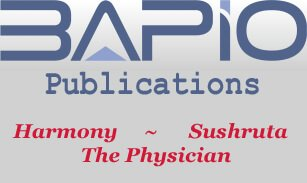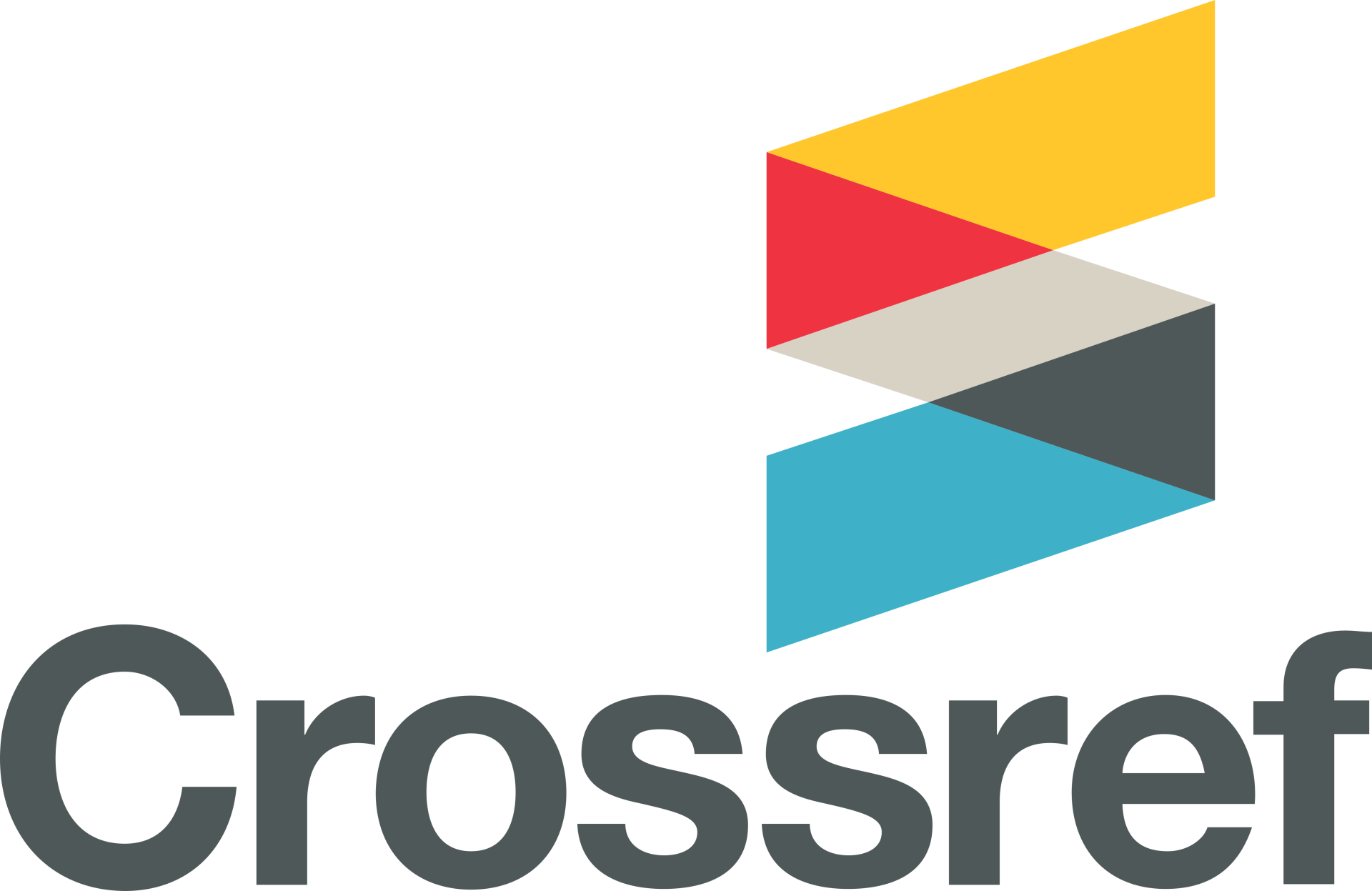PROTOCOL FOR THEMATIC SYNTHESIS OF DIFFERENTIAL ATTAINMENT IN THE MEDICAL PROFESSION - ‘BRIDGING THE GAP’ SERIES
Indranil Chakravorty FRCP PhD, Sunil Daga MRCP PhD, Subarna Chakravorty FRCPath FRCPCH PhD, JS Bamrah FRCPsych, Ramesh Mehta OBE MD FRCP FRCPCH FHEA
BAPIO Institute for Health Research, Bedford, UK
Cite as; Chakravorty, I., Daga, S., Chakravorty, S., Bamrah, J.S., Mehta, R. (2020) Protocol for thematic synthesis of differential attainment in the medical profession- Bridging the Gap series. Sushruta J Health Policy & Opin vol13; issue 3 DOI: 10.38192/13.3.17
Article Information
Submitted 18.08.2020
Preprint 18.08.2020
Open access - Creative Commons Licence CC-BY-ND-4.0
List of Services
-
Abstract Write a description for this list item and include information that will interest site visitors. For example, you may want to describe a team member's experience, what makes a product special, or a unique service that you offer.
Item Link List Item 1 -
Background Write a description for this list item and include information that will interest site visitors. For example, you may want to describe a team member's experience, what makes a product special, or a unique service that you offer.
Item Link List Item 2 -
Aim Write a description for this list item and include information that will interest site visitors. For example, you may want to describe a team member's experience, what makes a product special, or a unique service that you offer.
Item Link List Item 3 -
Design & Methods Write a description for this list item and include information that will interest site visitors. For example, you may want to describe a team member's experience, what makes a product special, or a unique service that you offer.
Item Link List Item 4 -
Process to Review Write a description for this list item and include information that will interest site visitors. For example, you may want to describe a team member's experience, what makes a product special, or a unique service that you offer.
Item Link -
Discussion Write a description for this list item and include information that will interest site visitors. For example, you may want to describe a team member's experience, what makes a product special, or a unique service that you offer.
Item Link -
References Write a description for this list item and include information that will interest site visitors. For example, you may want to describe a team member's experience, what makes a product special, or a unique service that you offer.
Item Link
Differential Attainment is a phenomenon, recognised globally, where certain cohorts of people tend to have poorer career outcomes based on factors other than capability, academic effort or motivation. Although by no means unique to or exclusive to, it is indeed well described and monitored in the health education/ training, and affects professionals throughout their entire career journey from admission to retirement. It is a marker of an unfair system and affects individuals as well as organisations adversely. It is the responsibility of all organisations, policy makers and regulators to urgently understand the causes, find solutions and support those that are disadvantaged as a result of this inequality. The British Association of Physicians of Indian Origin addressing its declared mission of achieving excellence through promoting equality and diversity, along with its collaborative partners and a panel of international experts has created an Alliance for Equality in Health Professions. This Alliance will spearhead a thematic analysis of the entire spectrum of differential attainment in medical professions. This paper describes the protocol for the thematic synthesis of evidence, the priority setting partnerships for undertaking a critical integrative analysis and the process for combining evidence from experts with lived experiences of grassroot professionals to produce meaningful solutions, actions and policy enablers. The output will be published as a series of papers in Sushruta and culminate in a seminal report in 2021, when BAPIO turns 25.
Keywords; Differential attainment, BAPIO, Alliance for Equality in Health Professions, Thematic synthesis
Aim
Design & Methods
Process to Peer Review
Discussion
References
SUBMIT A MANUSCRIPT
All Rights Reserved | BAPIO Ltd



